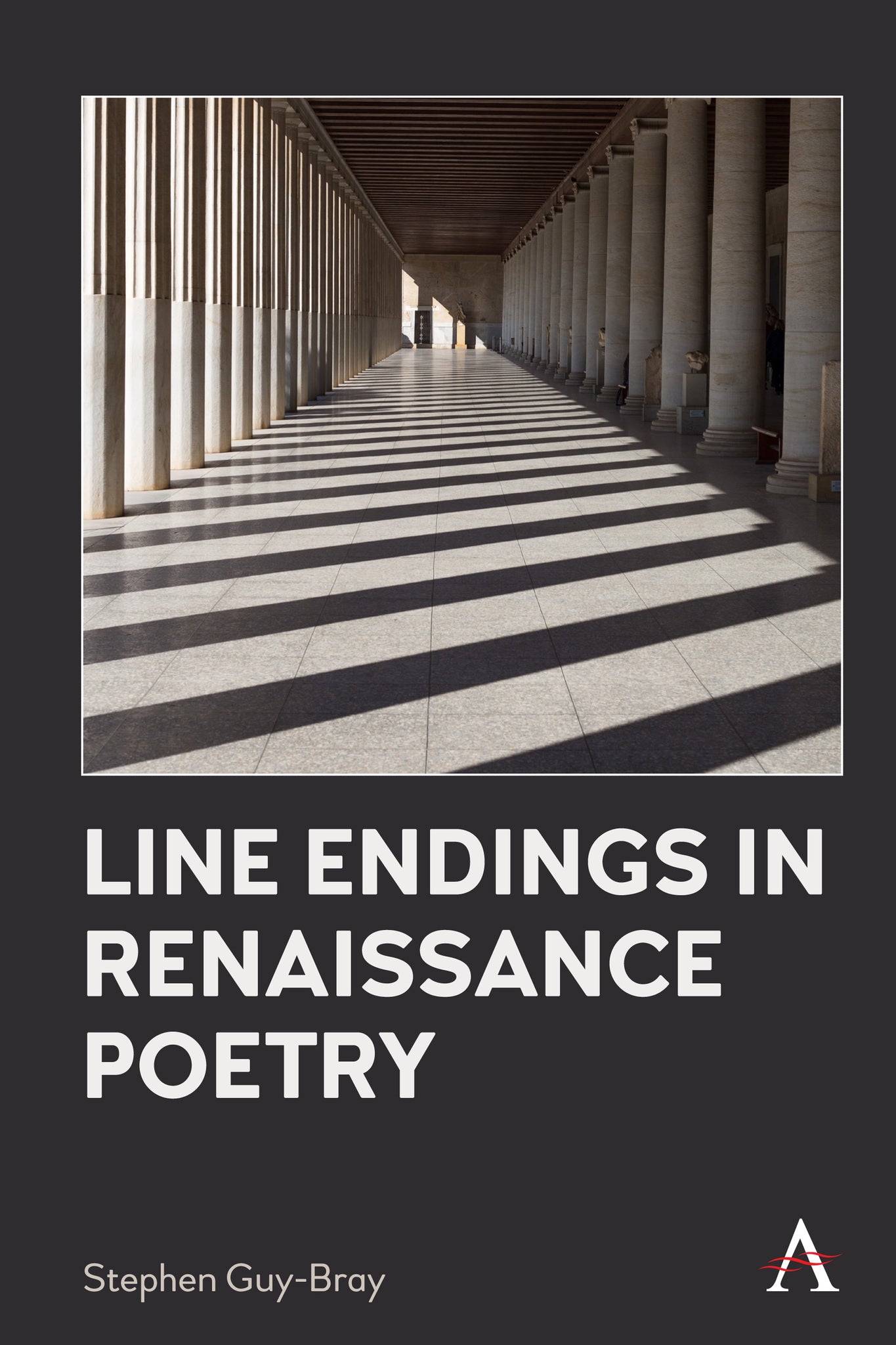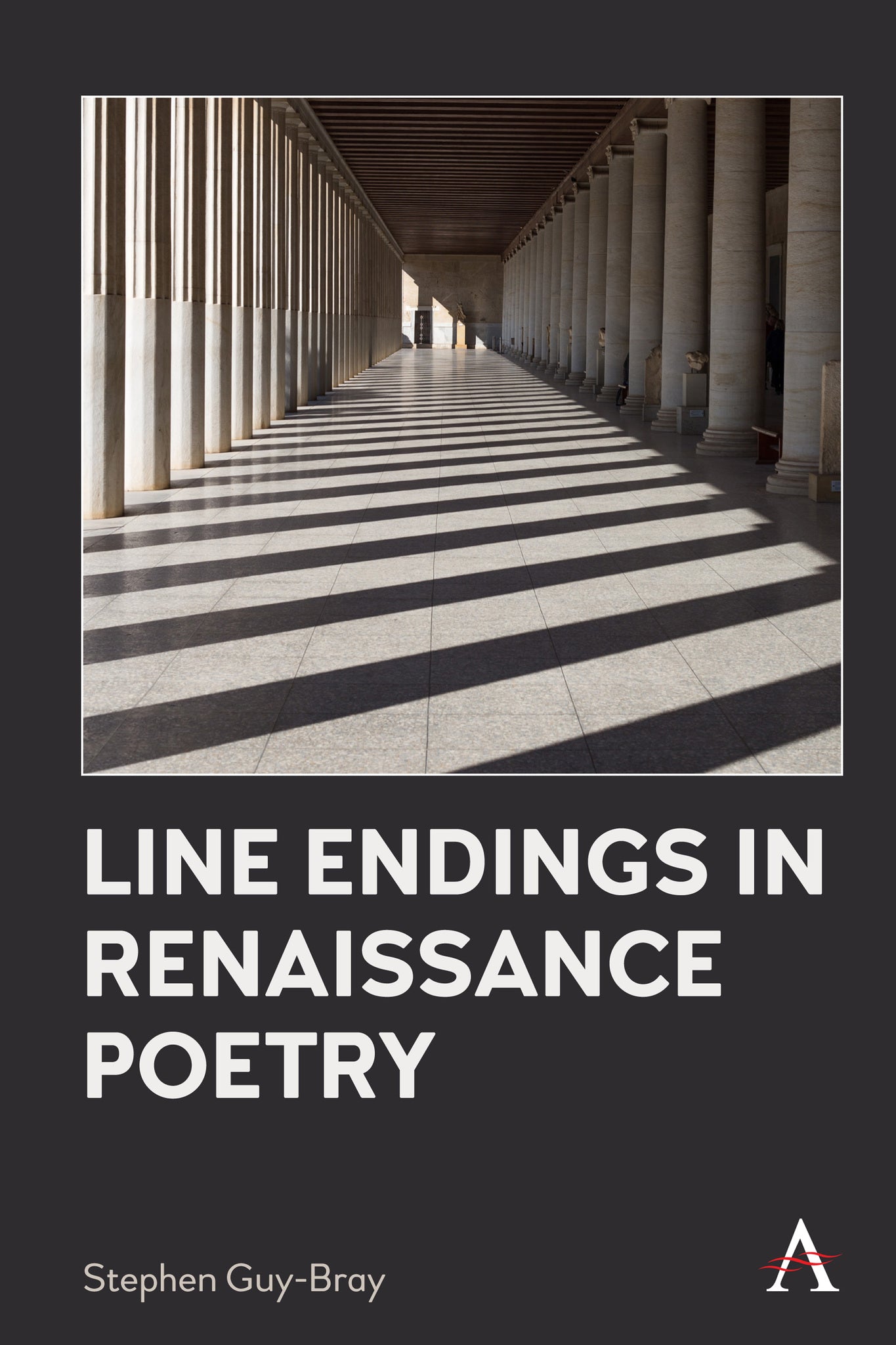We're sorry. An error has occurred
Please cancel or retry.
Line Endings in Renaissance Poetry

Some error occured while loading the Quick View. Please close the Quick View and try reloading the page.
Couldn't load pickup availability
- Format:
-
11 October 2022

This book looks at how Renaissance poets ended their poetic lines. It considers a range of strategies and argues that line endings are crucial to our understanding of the poems. It begins with an introduction summarizing the work that has already been done in this area and demonstrating the author’s own method. The main part of the book is divided into three chapters: one on rhyme; one on enjambment; and one on the sestina. These are the most significant kinds of line endings used by English Renaissance poets. The book ends with a brief afterword, wherein the author’s findings and some new areas for research are sketched out.

LITERARY CRITICISM / European / English, Irish, Scottish, Welsh, Literature: history and criticism, LITERARY CRITICISM / Poetry, POETRY / European / English, Irish, Scottish, Welsh, Literary studies: poetry and poets, Poetry / Poems

"Stephen Guy-Bray’s Line Endings in Renaissance Poetry promises to re-animate discussions of poetic form within English Renaissance studies and beyond. Guy-Bray masterfully details how attention to form can allow readers to tap into complex questions about the aural and visual components of language as it mediates and manipulates access to knowledge, desire and social hierarchy. Written with Guy-Bray’s characteristic elegance and wit, this book will be equally useful to undergraduates learning to read poetry, graduate students making their way into professional research and seasoned scholars who could stand to think more about poetry as poetry." —Melissa E. Sanchez, University of Pennsylvania, Pennsylvania.
Acknowledgements; 1. Introduction; 2. Rhyme; 3. Enjambment; 4. Sestina; 5. Forwards; Bibliography; Index



